Most people who want to break away from the grid and become more independent, also dream to acquire some of the skills our grandparents might have had… but most of our generation have lost them, relying more on goods you can purchase directly.
But what would life be like if we could do more ourselves, instead of buying more?
These “lost crafts” can give you the tools you need to provide for yourself and your family in a more sustainable way.
The Basic Skill of Growing Your Own Food
Growing your own food is an incredibly rewarding experience. Not only does it provide you with fresh, nutrient-rich produce, but also encourages learning about the environment and self-sufficiency.
By cultivating your own fruits and vegetables, you can enjoy fruits and vegetables that may not typically be found in stores while also cutting back on grocery costs. You’ll also have complete control over the quality of soil and fertilizer used on your crops which helps ensure they are free from harmful chemicals or pesticides. And of course, there’s nothing quite like biting into a freshly picked tomato that was grown right in your backyard.
Growing your own food is a skills that comes with many sub-skills – from preparing your soil, maybe building some raised garden beds, stakes, and cages, selecting the right seeds and planning your garden for the year – over planting, nurturing and growing said food, to the actual art of harvesting just-in-time and preserving or processing the produce so you can enjoy it either right away, or over the course of the next weeks, months or even years.
If you’re just getting started with growing food, it pays off to invest in the right equipment: gloves, trowels, or shovels for digging holes, pruning shears for trimming plants, hoses or watering cans, and more. And depending on the available materials, you may need to purchase or barter for mulch, compost, and fertilizer. And don’t forget seed envelopes (if you’re saving your own seeds), plant markers, and a gardening journal to keep track of everything you’re doing!
Cultivating your own food in your own garden is an awesome method to become more autonomous.
And while it can be very overwhelming to get started, this article should get you a bit of an idea of what to get started with!
Needlework and Sewing: Create and Mend Clothes and More
Essential for anyone striving to be more independent, needlework and sewing are abilities that must not be overlooked. Not only can needlework and sewing be used to create clothes, but also other items such as bags, curtains, blankets, quilts, and even furniture.
And let’s not stop at making new clothes; while you may not be inclined to patch up your own clothes for going to the office, knowing how to repair torn work garments can save a lot of money in the long run. Somehow, wearing that old favorite gardening outfit that you patched up yourself feels incredibly empowering! And it definitely feels better than just wearing an old gardening outfit that’s torn in a dozen places.
For needlework and sewing, you’ll need a few items: cotton fabric, scissors, hand-sewing needles, embroidery needles, thread in various colors depending on your project as well as pins if necessary for pinning fabrics together before stitching them up securely. Additionally, having an iron handy is highly recommended to quickly get rid of any creases or wrinkles in the material prior to starting work on it.
If you’ve never done it before, Sew With Alicia has a great course for beginners!
Once prepped, contemplate the first ventures you’d like to undertake. A good place might be making simple items such as cushion covers or bags; these don’t require much skill but still provide enough challenge that beginners won’t feel overwhelmed by their task either.
Gaining proficiency in needlework and sewing can help you become more self-sufficient by providing the ability to make or mend clothing for yourself and your family.
Carpentry and Basic Woodworking Skills
Building and carpentry is a great way to get your family self-sufficient. With the right tools, safety measures, and projects you can make your own furniture, build outdoor structures like sheds or chicken coops, and even create custom pieces of art.
Tools for carpentry recommended as “basic” by the man of this house are
- A hand saw
- A claw hammer and a chisel
- Screwdrivers: most screwdriver kits include both Phillips head screwdrivers and flathead screwdrivers in different sizes
- A measuring tape and a spirit level (torpedo level)
- A drill: a cordless drill is something you can use for a lot of different things, and if you’re off-grid, you can recharge the battery when the sun is out
- A sander (or sandpaper) often comes in handy
- And depending on the project you’re taking on, you will need nails, screws, glue, paint,…
You may also need other specialty tools depending on what type of project you’re doing such as a jigsaw for cutting curves in wood.
Prioritize safety when dealing with wood as your topmost concern to ensure a safe working environment. When using power tools, always put on protective eyewear to shield yourself from any potential flying objects. Wear work gloves when handling sharp objects like nails and screws to avoid getting cuts on your hands. And keep all cords away from water sources so that they don’t become electrocuted if they come into contact with water accidentally.
Constructing your own furniture and outdoor structures can be a cost-effective and time-saving way to achieve self-sufficiency, especially if you can also source quality materials locally (e.g. wood from your own trees!).
Getting Started with Foraging for Food
Foraging involves searching for wild plants, mushrooms, nuts, fruits, and other edible items in the natural environment. Foraging, like selective hunting, can be advantageous when striving for autonomy and maintaining ecological balance.
Foraging is an easy undertaking, requiring no specific tools or abilities – just some insight into what’s edible in your vicinity and sharp eyesight. Foraging is a highly gratifying experience; nothing compares to the delight of discovering an edible wild plant that can be brought home and enjoyed with loved ones. Additionally, by harvesting from nature rather than buying from stores, you’re helping conserve resources while still providing food for yourself.
When it comes to determining edibles in the wild, a key element is recognizing which are suitable for consumption – several varieties may look alike but have different levels of toxicity, so be sure you know precisely what plant you’re observing before eating it! There are plenty of field guides available online as well as local experts who can help identify plants if needed.
Foraging and hunting can provide a great source of sustenance for those looking to be more self-sufficient. Raising livestock can be a further step towards living sustainably.
Raising Animals for Meat and More
Animal husbandry is a great way to provide for your family while living off-grid. Raising livestock such as chickens, goats, sheep, pigs and cattle for food or other products like eggs, milk, or wool is an excellent way to achieve self-sufficiency while living off the grid. With the proper know-how and supplies, you can rapidly attain autonomy.
For those interested in animal husbandry, there are various creatures to pick from depending on the purpose they will be used for. Chickens or ducks are great if you want eggs and meat; goats produce milk which is perfect if you’re looking for an alternative source of dairy; sheep are great sources of both wool and meat; pigs make excellent bacon and pork chops; while cows offer up beef as well as milk. And most of these animals also produce great fertilizer for your vegetable garden or trees.
Before embarking on animal husbandry, it is important to consider the type of animals that are best suited for your climate and environment as well as how much space you have available.
- Research the type of animals best suited to your area’s climate and environment – this will ensure they thrive rather than struggle against their surroundings. Read on this page how we chose grazers for our own farm by laying out the pros and cons of 7 different animals!
- Contemplate the amount of room you have on hand – bigger creatures necessitate more space so keep this in mind when making a decision about which ones would be most suitable for your situation.
- Make sure that all necessary supplies (feeders/water bowls etc) have been purchased before bringing any new additions home.
In most cases, the biggest cost of raising any type of animals on your own property is fencing and housing. Never take on animals without first calculating the cost of buying supplies for and setting up fences to keep them in, and keep predators out.
In my own opinion, raising livestock on your property works best if your property can also provide (most of the) food and shelter for your animals. E.g. if your property does not provide enough grass to keep cattle, consider goats which need a lot less food due to their smaller size, and are also more versatile when it comes to feeding (they are brazers, not grazers). On the downside, goats need a much sturdier fence than your average cow!
Why Learn these Basic Skills?
Learning basic skills is essential for self-sufficiency and sustainability. It allows us to become independent from external resources, reduce our environmental impact, save money, and have a greater sense of security in uncertain times. Gaining know-how of fundamental abilities can facilitate the construction of a condition that is beneficial for ourselves and future generations, such as gardening, food storage, off-grid dwelling, and renewable energy production. Knowing these basics will also enable us to take control of our lives by providing the means to live with purpose and intentionality rather than relying on outside sources.
In my personal opinion, some of these skills (together with others like cooking and managing your finances) should be part of every school system’s basic curriculum. Fancy university degrees don’t teach you to take care of yourself and your family!

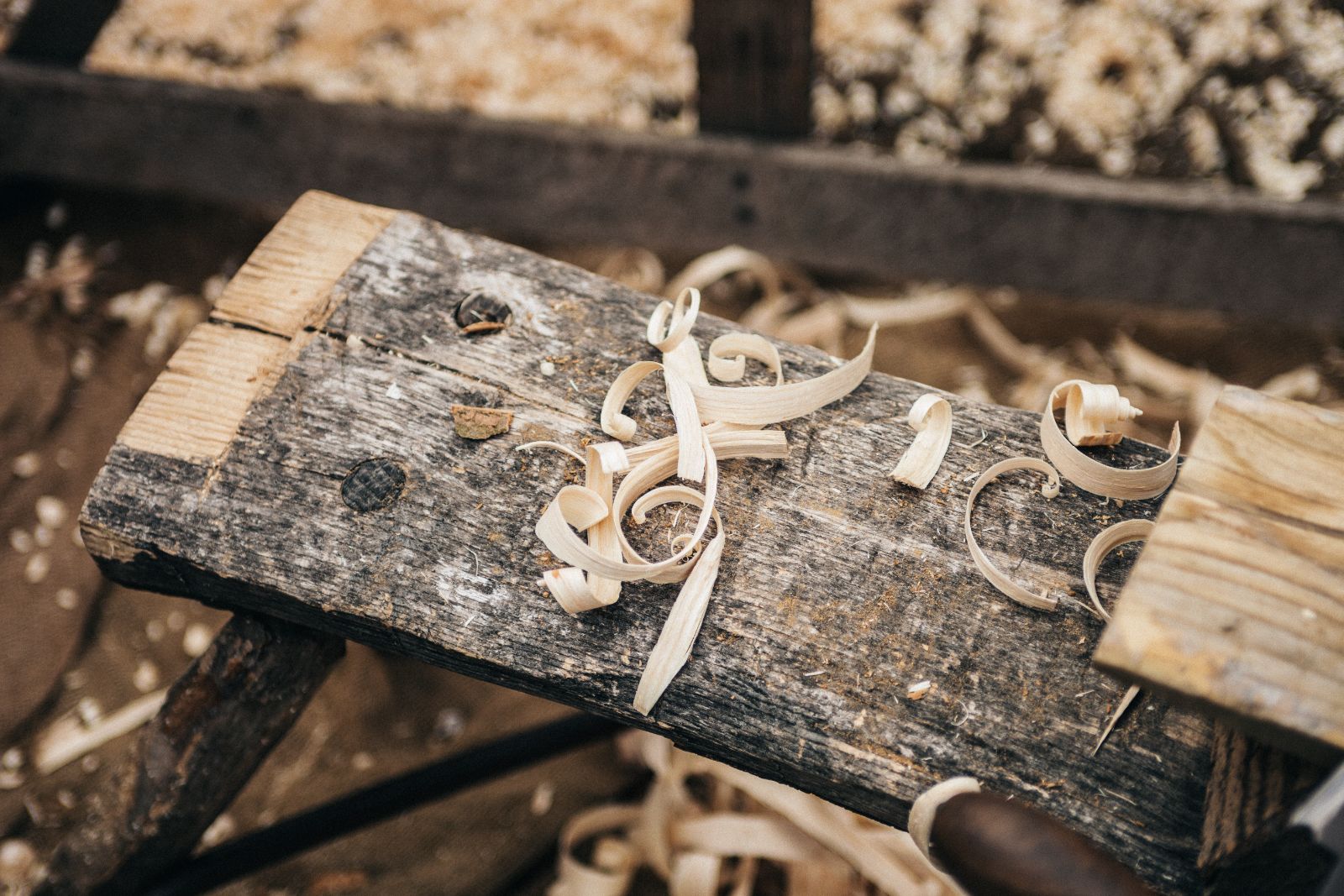
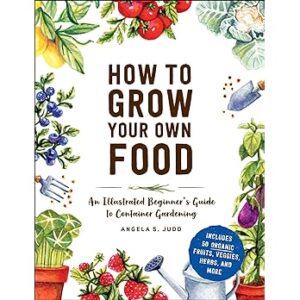
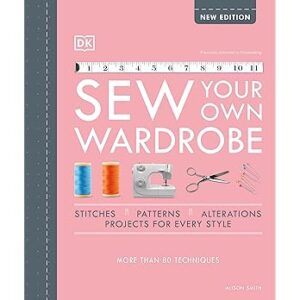
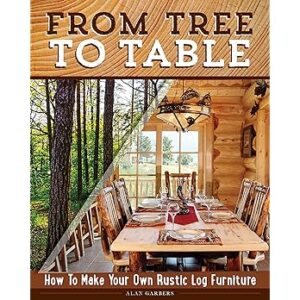
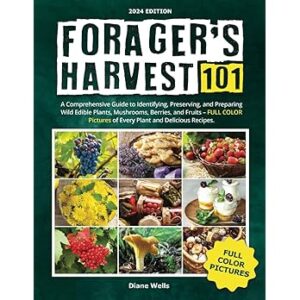

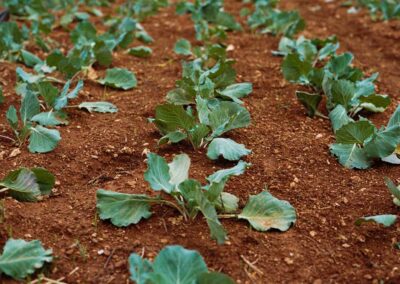
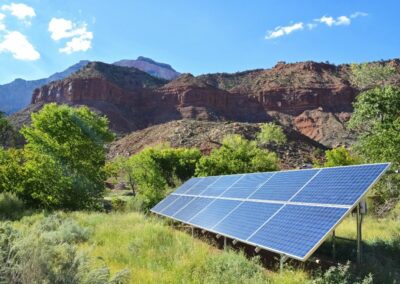
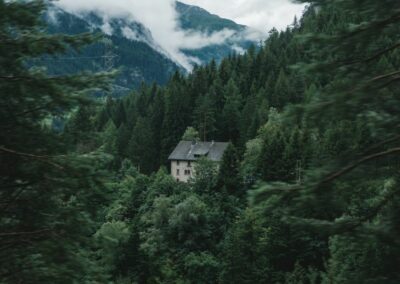

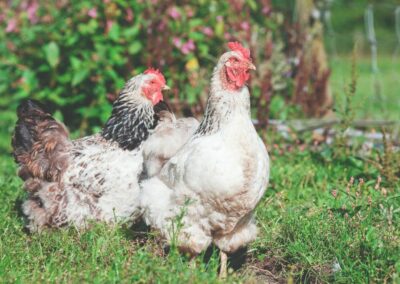
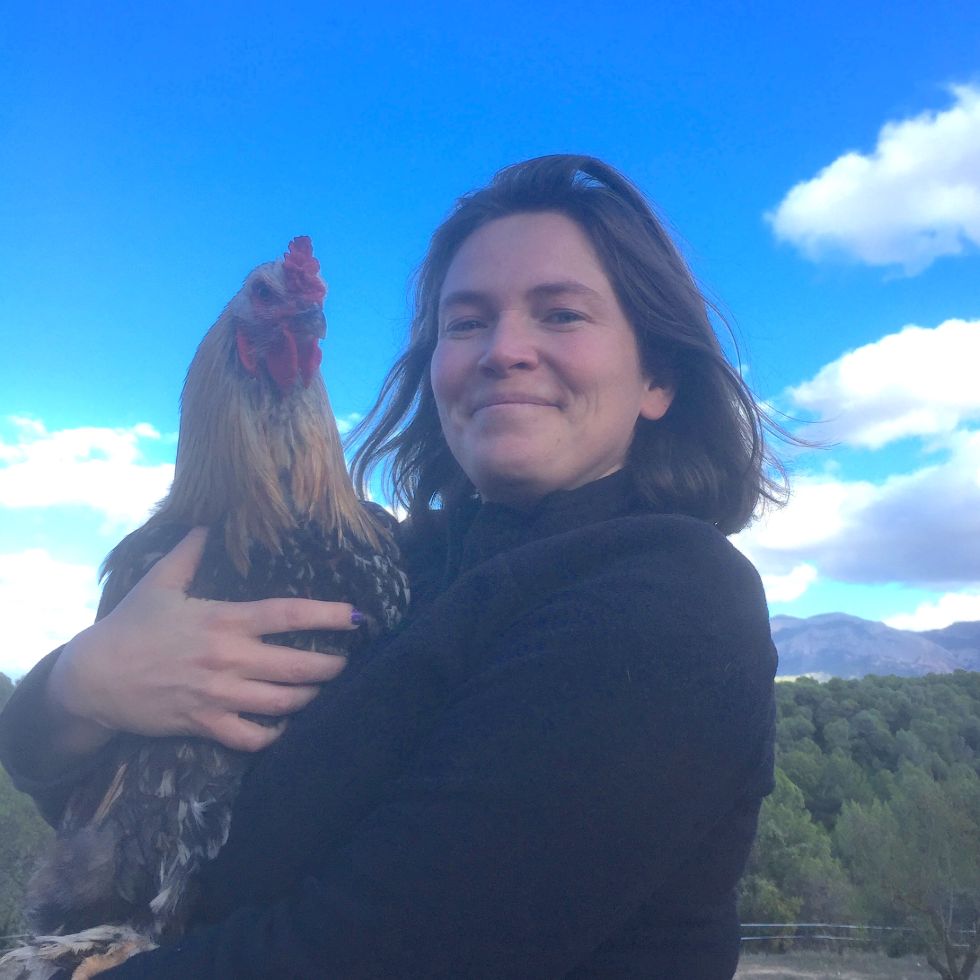
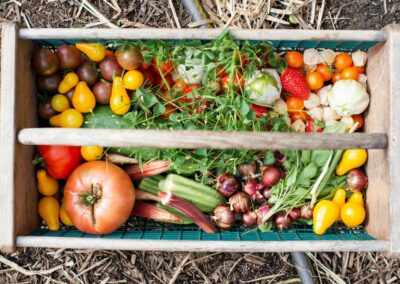
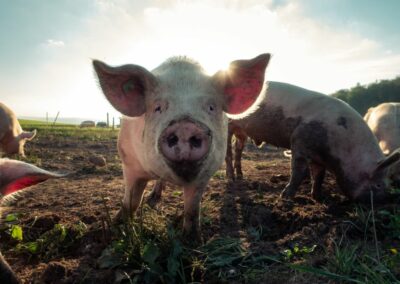
0 Comments